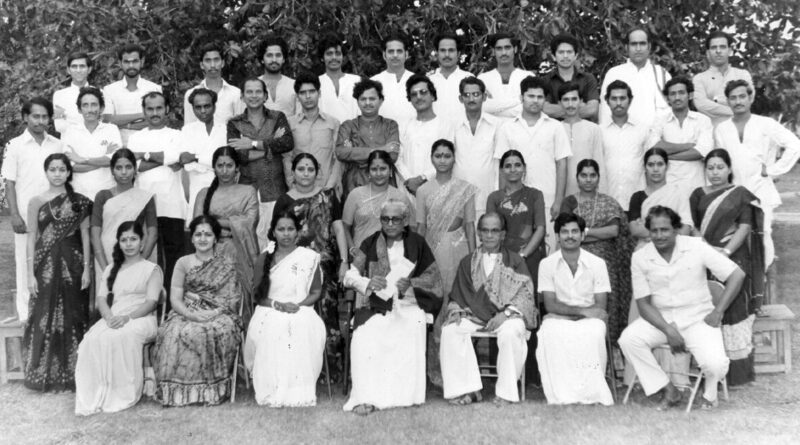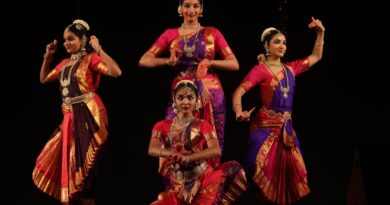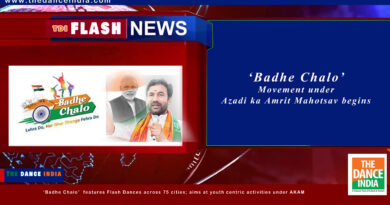Article KUCHIPUDI
Dr. (Smt.) Kanak Rele ,
Padmabhushan, Akademi Ratna (Fellow of Sangeet Natak Akademi)
Director, Nalanda Dance Research Centre

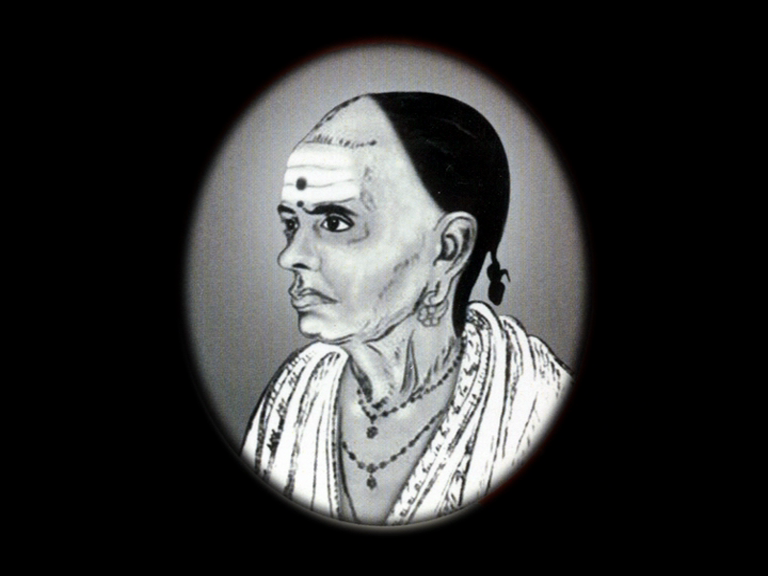
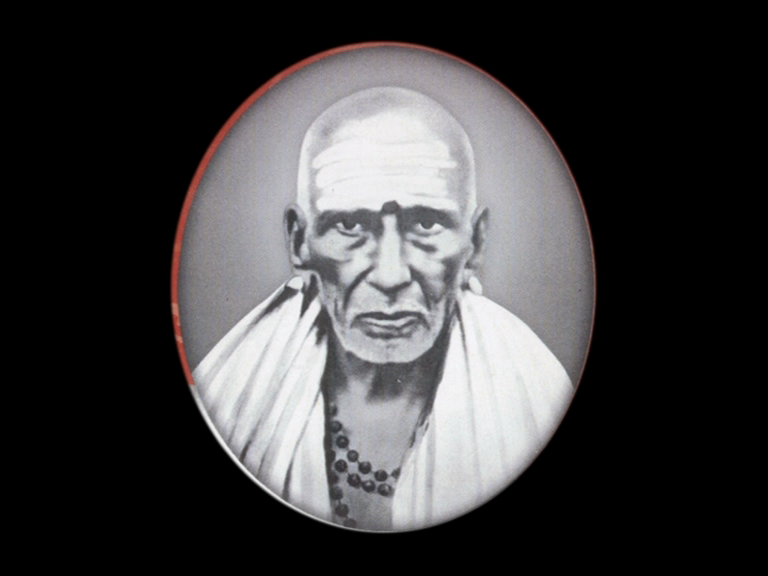
Kuchipudi is a dance form from the southern state of Andhra Pradesh. It can be rightly called a dance drama. Kuchipudi, in effect, is the concept of total theatre where you have the combination of all the four abhinayas like ‘vachika’ – words spoken, ‘angika’- the physical movements, ‘satvika’ – that which has to do with the sentiments, human, emotions and ‘aharya’ – the costumes.Kuchipudi is a small little village in the Krishna district of Andhra Pradesh. The dance style or dance – drama is traditional practiced by very high caste Brahmins. It is believed that it was created in the l5th century A.D. and later on it was Siddhendra Yogi who is credited with bringing in a lot of vim and vigour into the dance style.
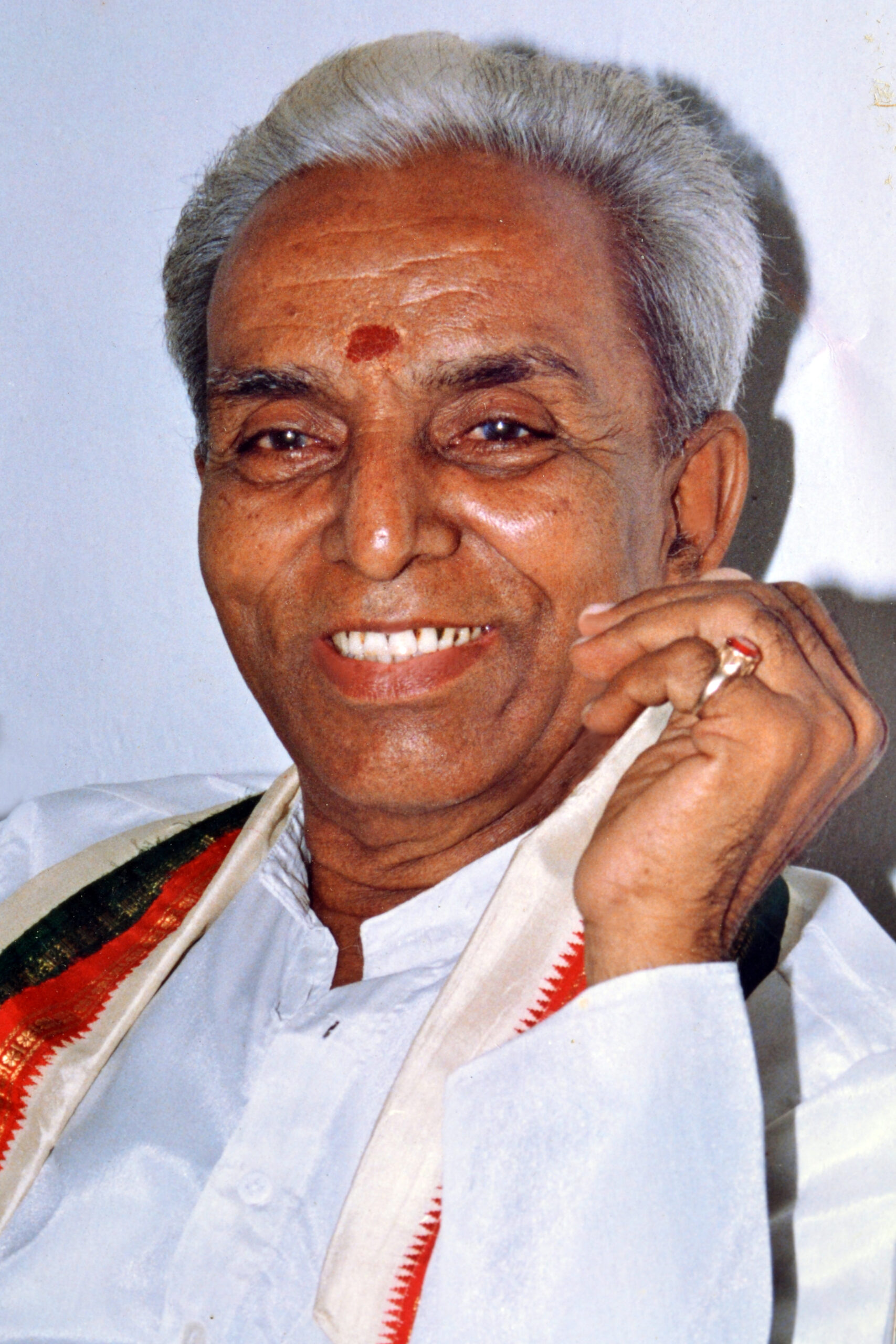

The most characteristic feature of this dance style is its scintillating, vivacious footwork and body movements. It has a lot of coquette movements in it because of the feminine aspect and shringara rasa of the dance form.
Between the 6th and the 10th centuries A.D. India saw the phenomenal upsurge in personalized devotion to God in the form of Bhakti. With Jnana and Karma, Bhakti formed the third marga, or path to achieve Moksha, the Absolute release. ‘Bhakti marga’ extols the achievement of this spiritual union with God through pure love resulting in a great yearning in the soul of the bhakta (devotee).
In South India, this marga caught the imagination of the masses. There arose an order of yogis, who were of the conviction that the best way to express bhakti was through the combined arts of music, dance and drama. Thus, they initiated a tradition whereby the bhakta began to approach his God by singing, dancing and acting. Being predominantly, a vaishnavite dance form in its approach, Kuchipudi focuses on eulogy of the virtues and great deeds of Lord Vishnu and follows the Maha Bhagavatam.
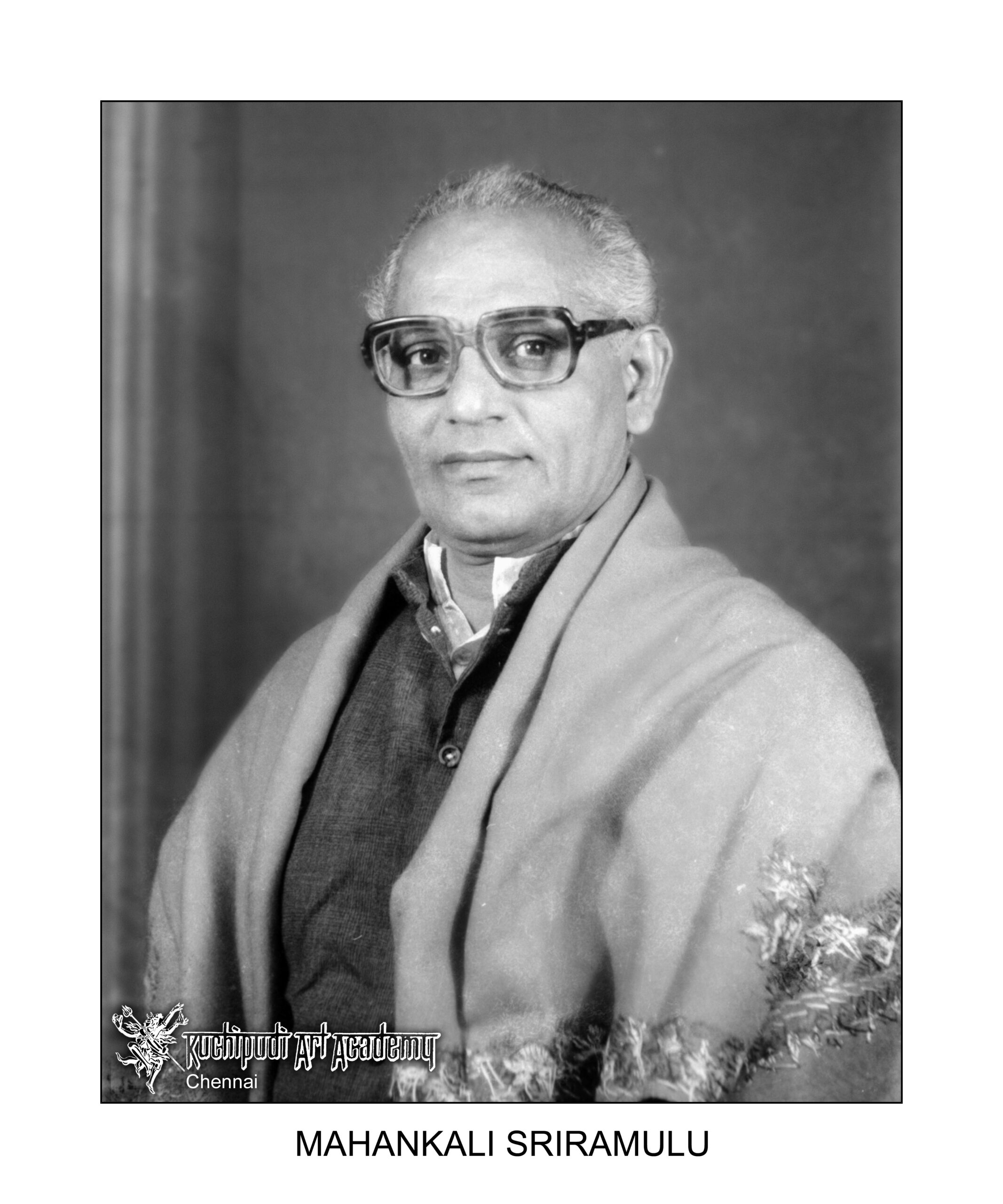
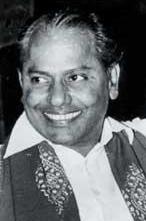
In Kuchipudi traditionally, women are not allowed to take part and the female roles are enacted by nubile Brahmin boys. It is also a composite art in the sense that different actors enact different roles but no art can be static. In the past three or four decades, solo items have been created and are still being performed. The same tradition gave rise to a similar form of dance-drama called ‘Bhagvat Mela Natakam’ in the adjoining state of Tamil Nadu. Both these arts have the sentiment of loving devotion to God, permeating every facet of their technique. These dance-dramas helped to arouse in the minds of the people a great consciousness of God’s greatness.
In the development of Kuchipudi, two yogis appear to have played a key role. These are ‘Tirtha Narayana Yati’ and his disciple ‘Siddhendra Yogi’. Both of them were devout bhaktas of Lord Shri Krishna. Their great love manifested into outpouring of exquisite bhakti literature. Tirtha Naryana wrote the Krishna Lila Tarangini in the form of a musical opera. His disciple Siddhendra yogi wrote the famous ‘Shringara kavya Parijatapaharana’. While presenting this in the form of dance-drama, he shunned the devadasis and, instead, selected nubile Brahmin boys to enact the roles. This dance drama is performed even today and stands as a master piece in this genre.
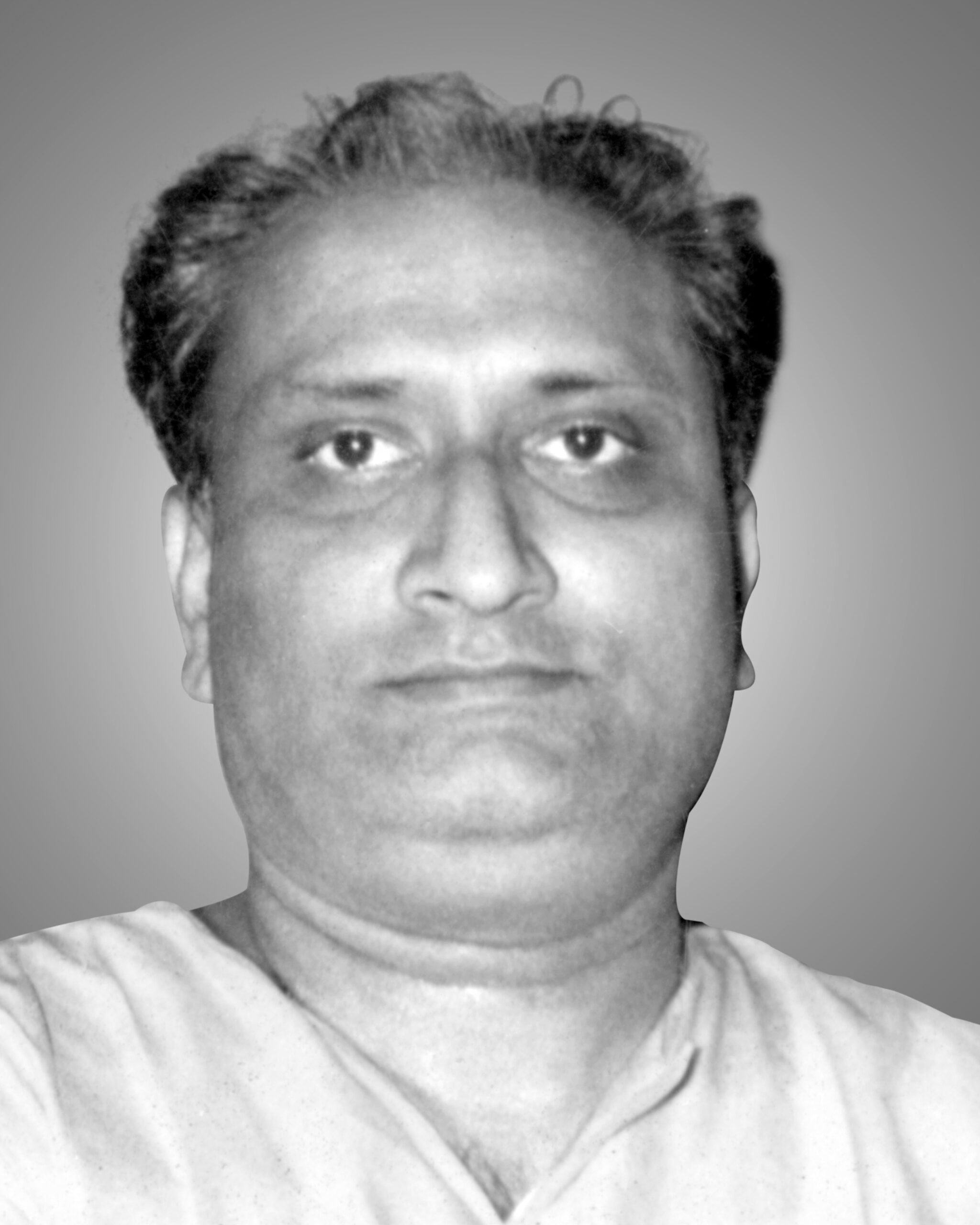
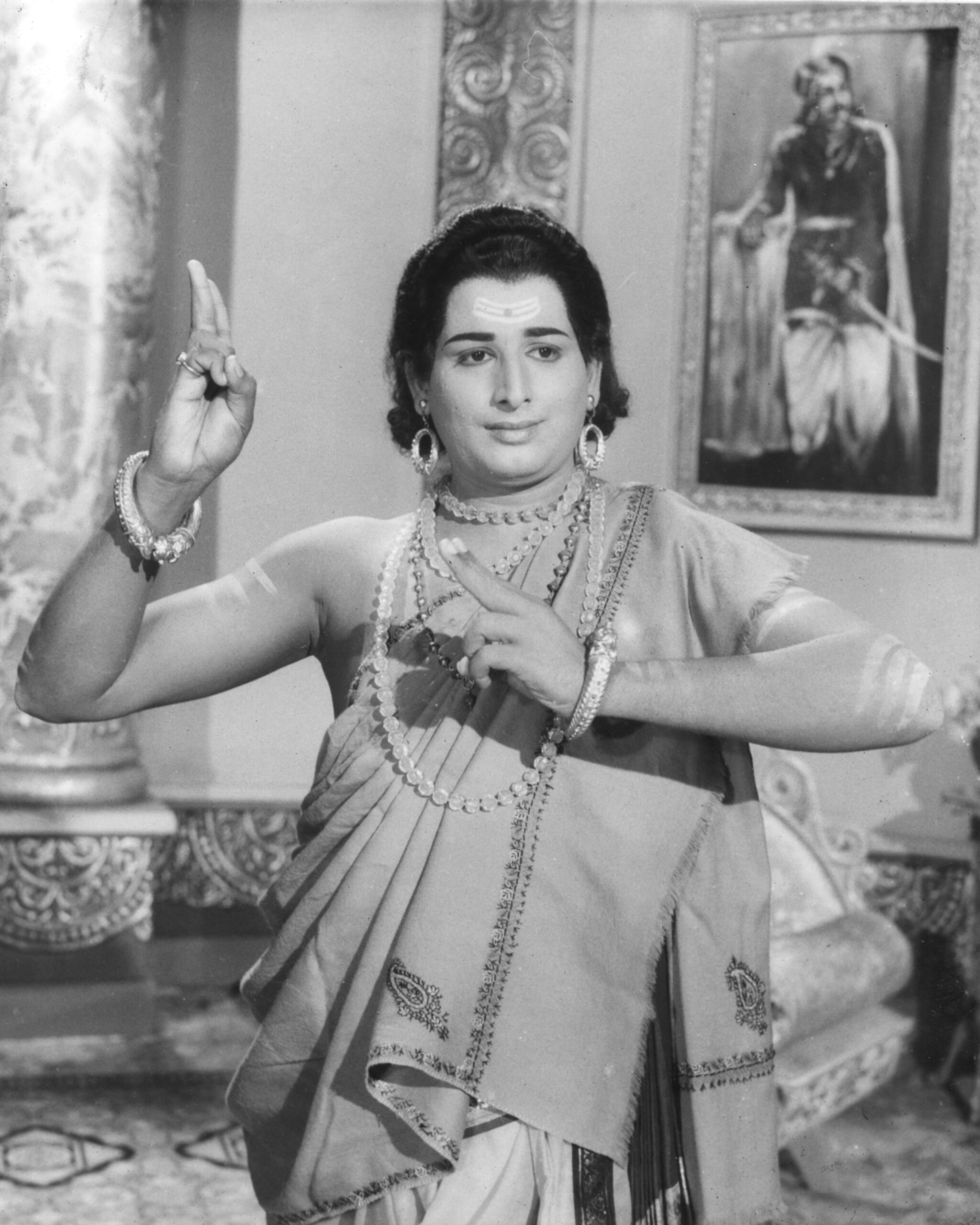
The technique of Kuchipudi exhibits a fine balance nritta, nritya and natya elements-the last preponderating in the ‘vachika abhinaya’. Thus, the Kuchipudi actor or dancer not only sings his pieces and dances them but also utters the dialogues. It must be mentioned that though Kuchipudi is a dance-drama, there are some items which can be and are performed as solo items.
The nritta is made up, as in Bharata Natyam, of adavus. Since Kuchipudi is a dance-drama the nritta sequences or even items are used to decorate the dramatic sequences of the play. The nritta still retains some elements of its original rustic flavor and so has quicksilver jumps and glides in its performance. Very naturally the rhythmic syllables _ shollus – also must have these same qualities and there is created a bubbling confluence of recited shollus and vivacious dancing resulting in an audio-visual cascade. The adavus for men and women are performed in distinctly different manner highlighting the clear demarcation between tandava and lasya.
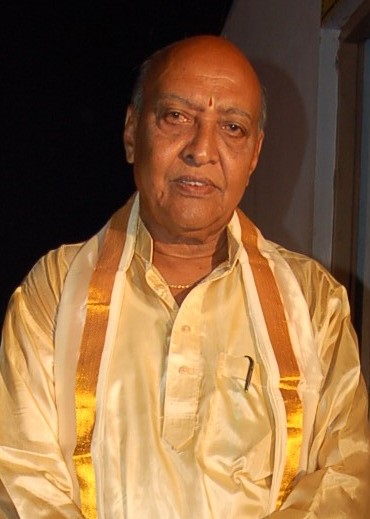
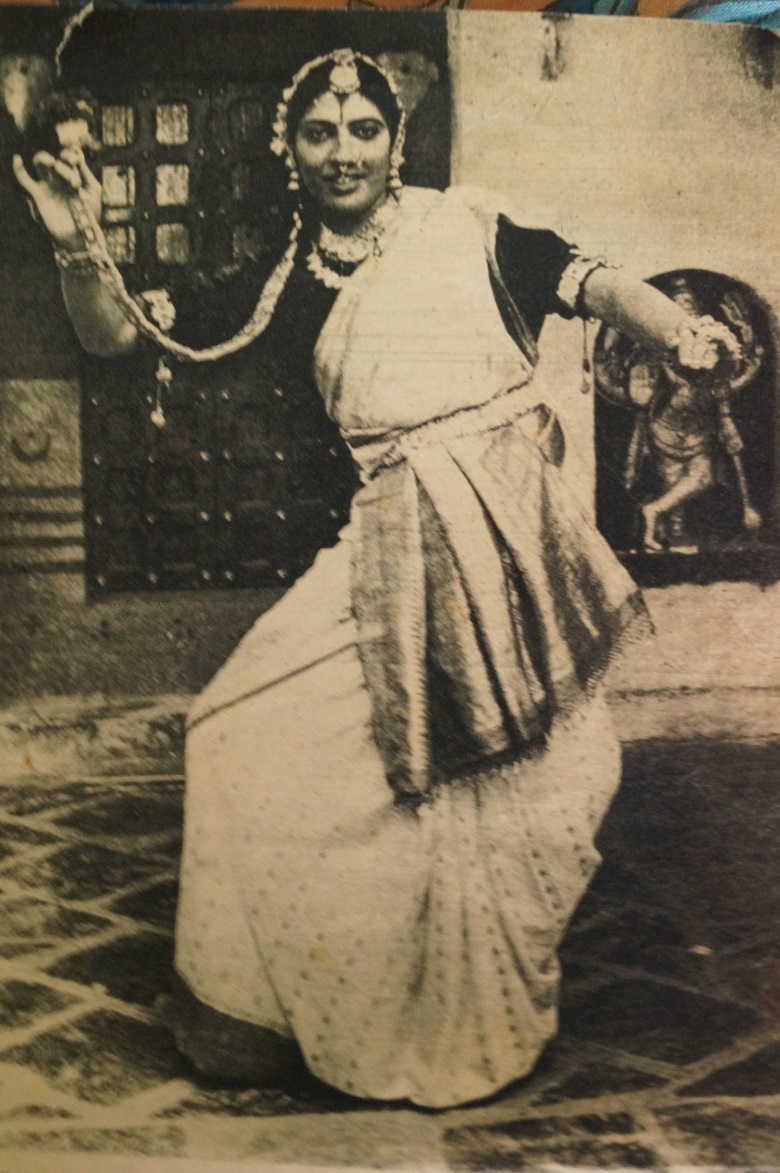
Today the over the world, the mention of Kuchipudi instantly conjures up a delightful image of a vivacious dancer dancing by balancing herself on the rim of a brass plate. She balances a jar on her head which is full to the brim with water. It is breath taking to watch the dancer translate different tala patterns recited by the guru who is accompanied by the chief percussion instrument mridangam.
As the dance progresses the intricacy of the shollus multiplies. There is also a question-answer session where the guru recites a particular sequence of the nritta portion and immediately the dancer translates it by her foot-work performed on the rim of her plate – the sound of the ‘ghunghroos’ and thumping of the plate on the ground creating a cascade of rippling mnemonic reminiscent of a bubbling stream. Above all, throughout the dance performance the water in the jar never spills over. This requires tremendous mental concentration to ensure that the water does not spill and the dancer’s technical ability and command over tala. Scholars attribute a philosophical meaning to this feat – the dancer’s concentration indicates her complete mental detachment from the mundane world, her gaze turned towards the supramundane like in a Yogic Samadhi, while her constantly dancing feet denote the acknowledgment of her mundane (worldly) existence beating out the eternal cycle of rhythm of life. This dance is called ‘Tarangam’ (the wave).
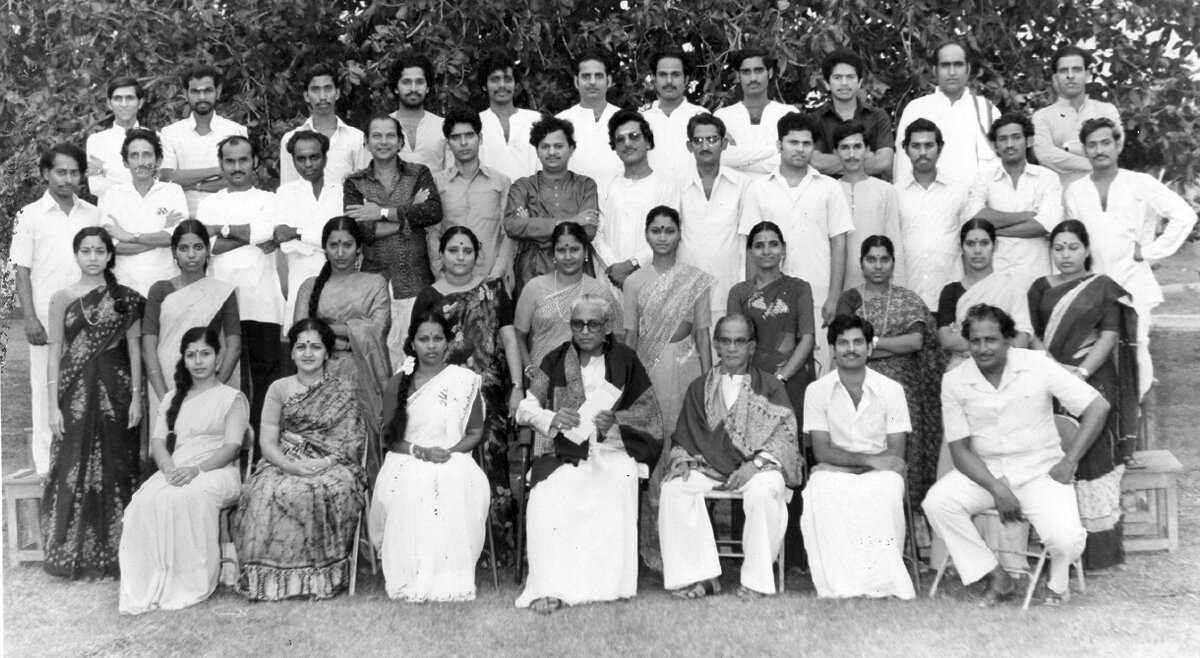
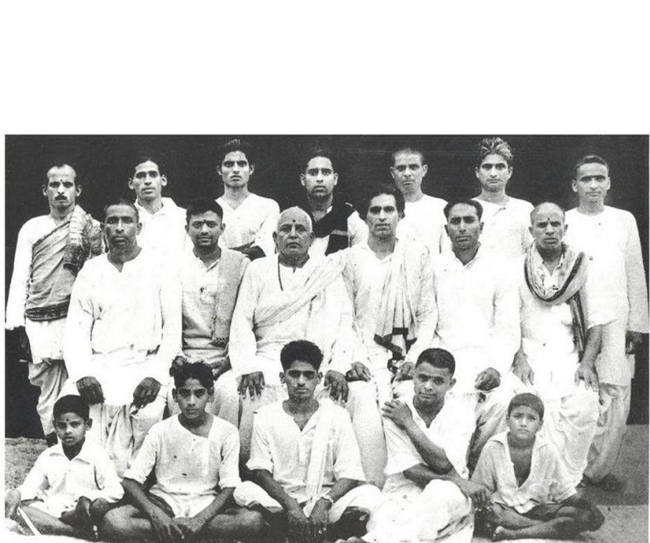
The nritya is made up chiefly of items like shabadam, shlokam and padam. Out of these, traditionally, the shlokam is performed in sitting position. Like Bharatanatyam the padams are devotional love songs, those written by the great composer Kshetrajna being very popular. Other compositions which are popular for solo expressional presentation are the kritis of the saint-poet Tyagaraja.
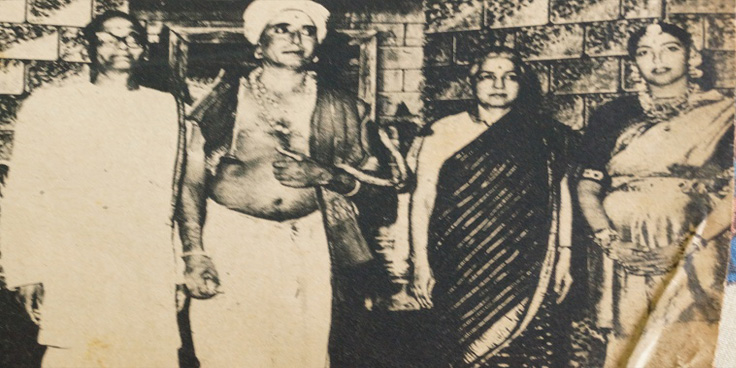
Siddhendra Yogi has composed the most famous dance-drama known as Parjitapaharanam for Kuchipudi. This is more commonly known as Bhamakalapam which has an elaborate treatment of the character of Satyabhama one of Krishna’s consorts. This play is a masterpiece and is most popular for presentation.
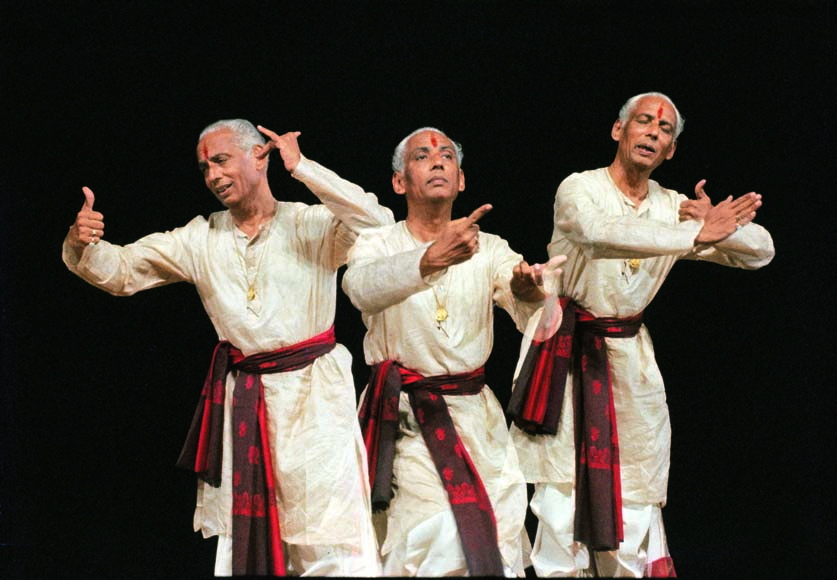
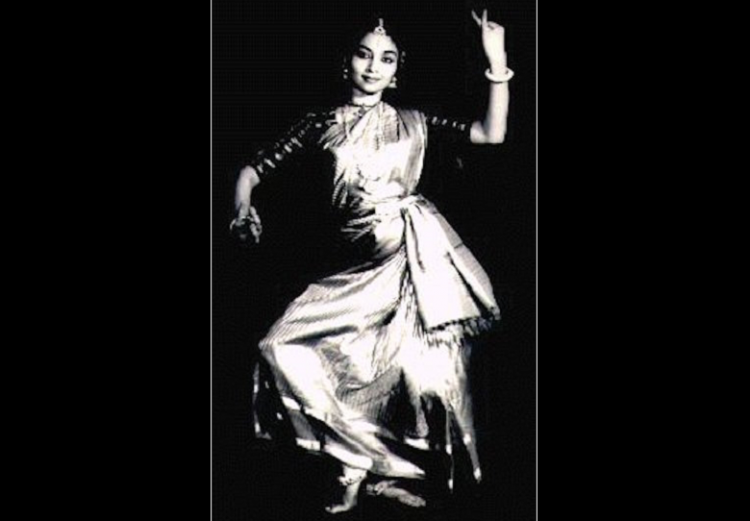
Yamini as goddess Saraswathi in Kuchipudi 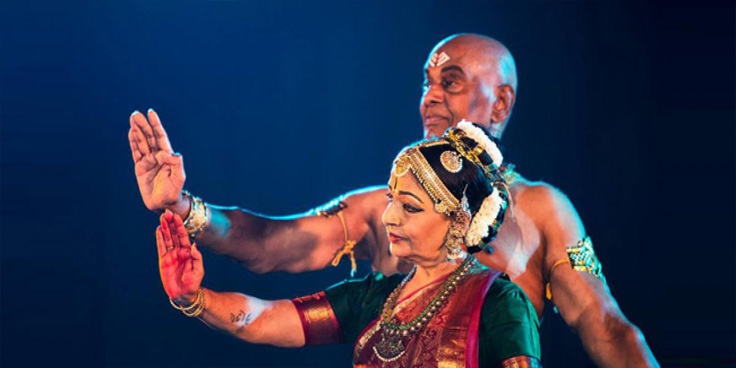
Popularly known as the Dancing couple Padma Bhushan Radha Reddy and Raja Reddy performing Kuchipudi 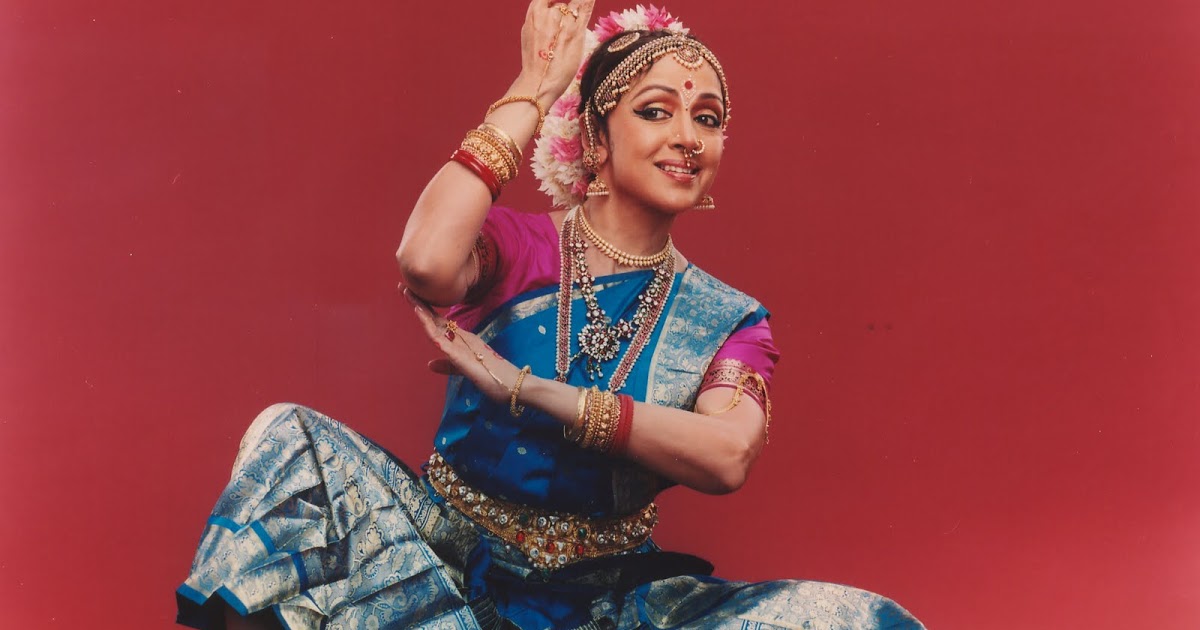
Hema Malini 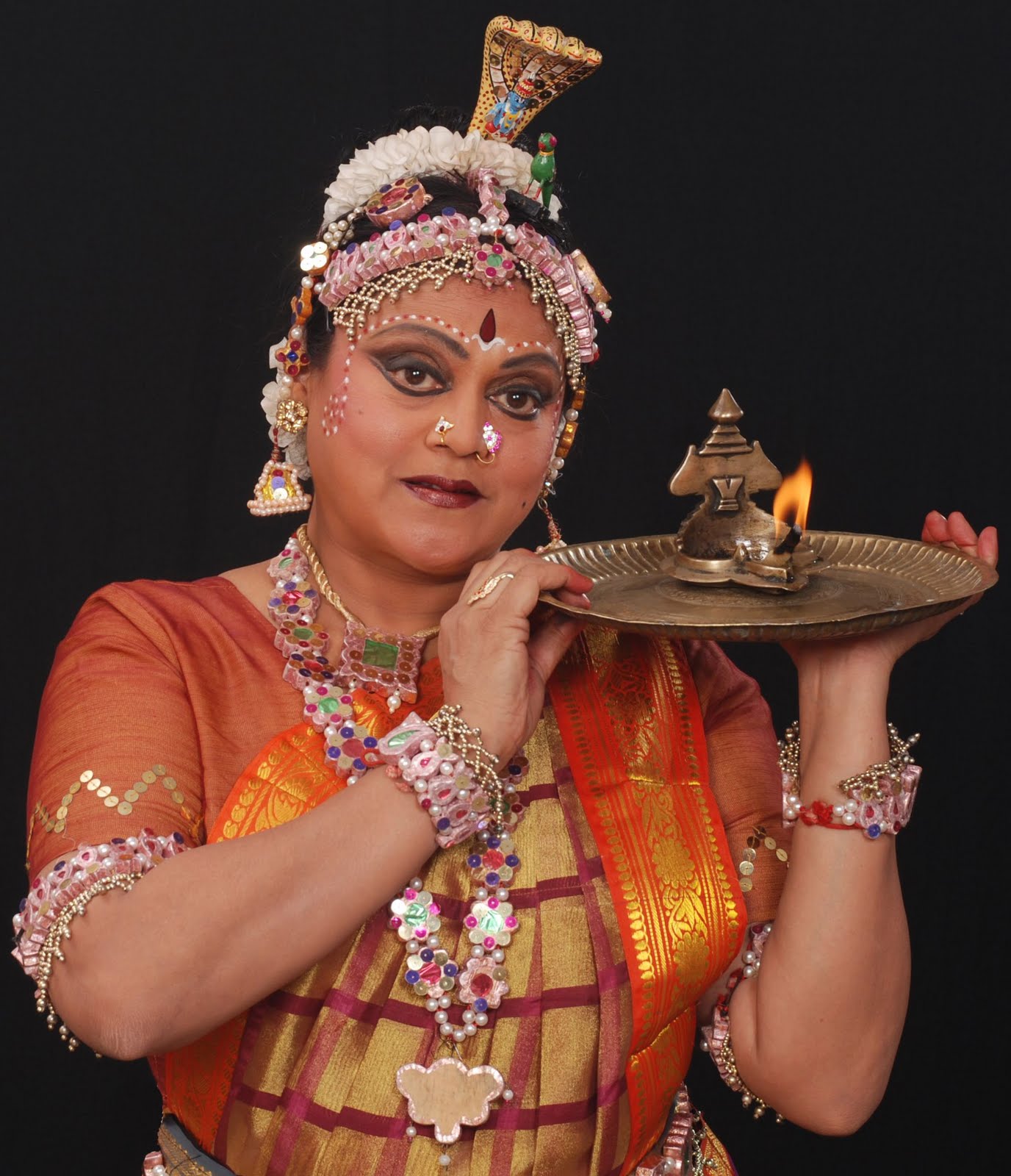
swapnasundari in a temple ritual 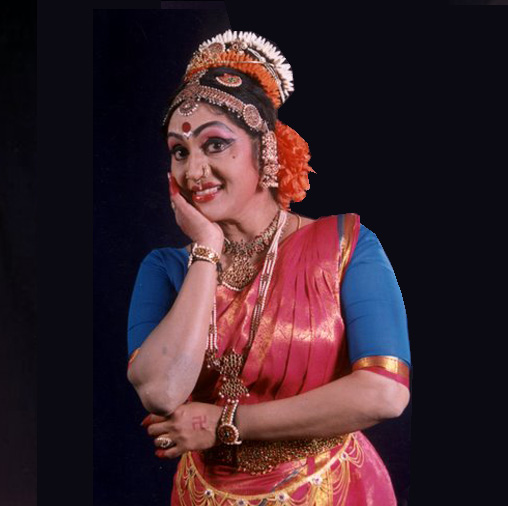
Padma Shree Dr. Sobha Naidu, Kuchipudi Exponent 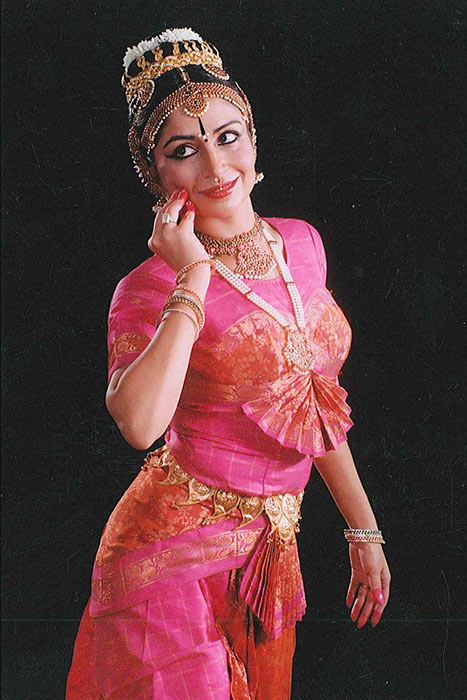
Shallu Jindal 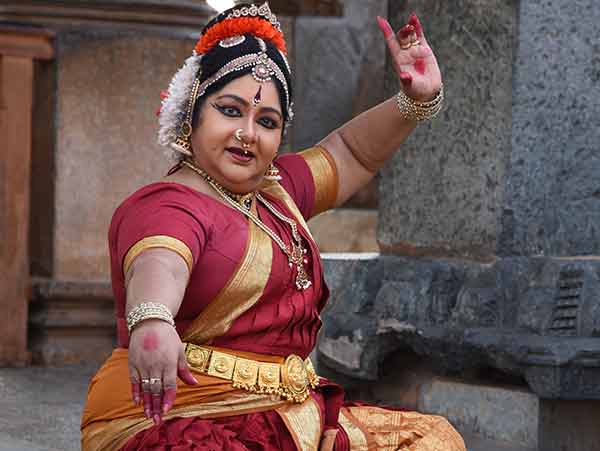
Anupama Mohan, a Kuchipudi Exponent 
KV Lakshmi 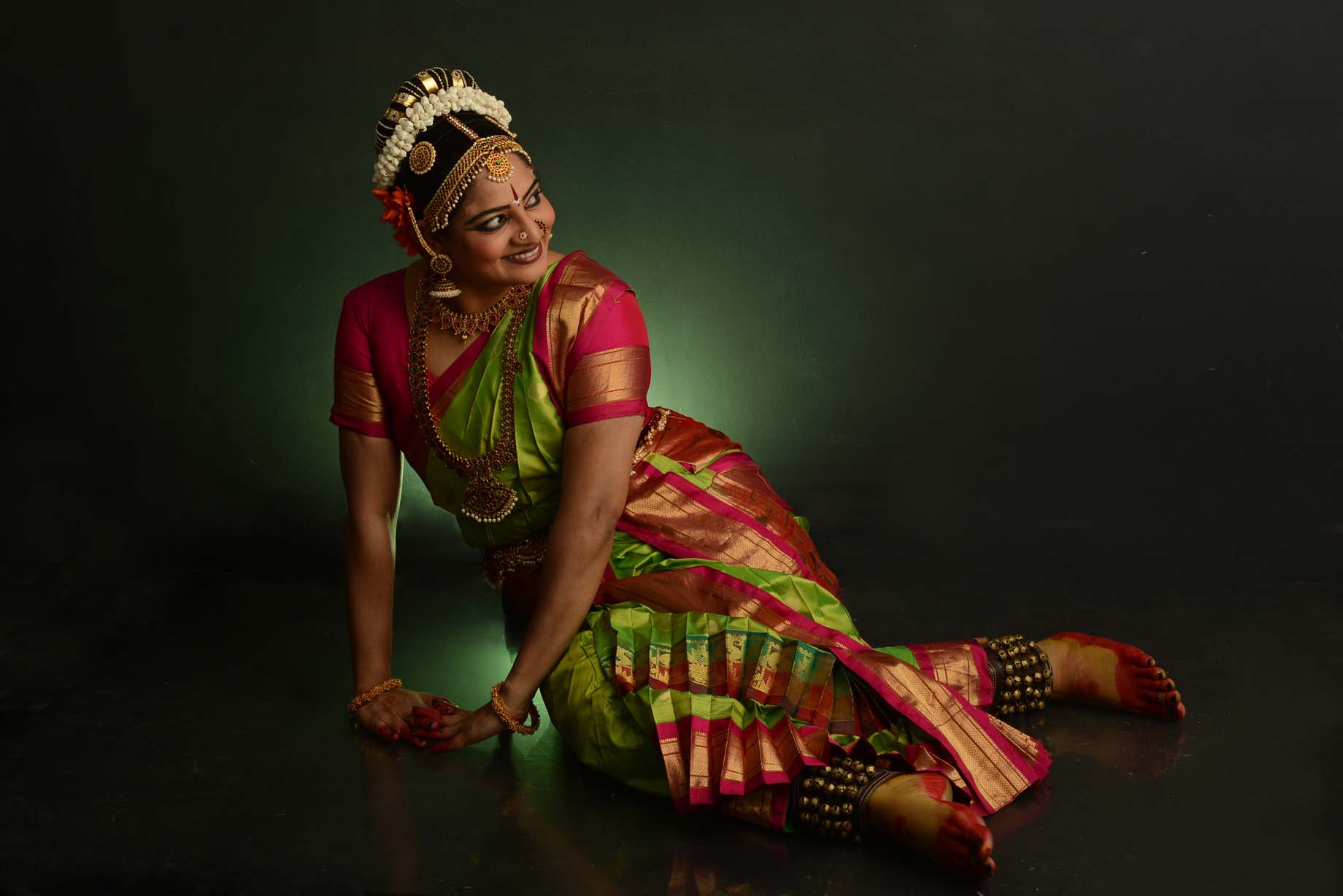
S. Geeta Narayan Kuchipudi dancer
Two very characteristic facets of Kuchipudi performance are the character of the ‘sutradhara’ –the conductor of the performance and the ‘praveshadaru’ – a small composition of dance and song whereby each character announces him or her and reveals his or her identify in the most skillful manner.
Another special feature of the presentation is ‘pagati veshamu’ which is a comic sequence in a play but which is not from the original text. This is added to relieve the seriousness of some of the original sequences and is acted out impromptu. The music is classical carnatic system, sung by the chief singer being the ‘Sutradhara’ himself.

